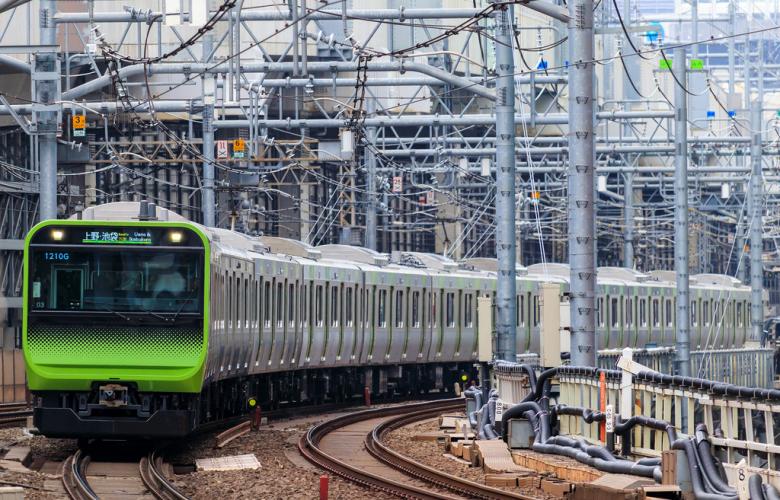First new Yamanote Line Station in four decades
It has been more than 40 years since construction took place along the Yamanote Line with the opening of Nishi-Nippori Station. On December 4th, 2018, the official name of the line's newest station located between Shinagawa and Tamachi stations in southwest Tokyo was revealed as Takanawa Gateway Station (高輪ゲートウェイ駅 | Takanawa Gētowei eki).
The name was selected by officials despite it receiving one of the lowest numbers of votes in a public poll. The most popular vote went to naming it simply ‘Takanawa’. However, the president of JR East chose the current name to emphasize the area’s historical status of being a ‘gateway to Edo’ (the old name for Tokyo)—despite resistance from the public, who started a change.org campaign in December 2018 against it.
In modern-day Tokyo, this new station with a grand name will also be serviced by the Toei Asakusa Line and the Keikyu Line, giving it the potential to turn into a major transportation hub. Located closely to the business area of Shinagawa and Haneda Airport and served by the same train line as Shibuya, Shinjuku and Tokyo stations mean it will likely turn into a popular area for residential, office and commercial purposes alike.
Planned redevelopment
Takanawa Gateway is located in Minato ward, one of Tokyo’s five central wards that are home to prime real estate. The new station will be located 900 m north of Shinagawa Station and 1.3 km south of Tamachi Station. To make such a vast project in the densely populated and fully developed Tokyo possible, 13 hectares of land currently part of the Tamachi Station depot will be redeveloped. The cost is estimated to be around JPY 500 billion.
For the new station, the current Yamanote and Keihin-Tōhoku Line tracks will be moved east by 120 meters, making way for office and commercial buildings and expat-oriented residential towers and hotels to be built around the area in a joint project between JR East and the Urban Renaissance Agency. Completion is estimated for 2024, while the station itself, which is designed by world-renowned architect Kengo Kuma, is expected to open in time for the 2020 Tokyo Olympics.
Does Tokyo need Takanawa Gateway?
While the Takanawa area has a well-developed bus network, the area is currently under-serviced when it comes to trains, the favoured mode of public transportation of Tokyoites. Currently, for most residential buildings in the area, Sengakuji Station is the nearest station within walking distance. Served only by the Asakusa Line, it is convenient for those commuting to business districts in northeast Tokyo like Daimon or Shimbashi. However, it usually means transferring at least once or even twice to get to Tokyo's key centres, namely Shibuya, Shinjuku and Tokyo Station, making this location rather inconvenient. For that reason, among others, Takanawa Gateway is very much welcome.
Takanawa as a gateway to appreciation
According to Adam German at Housing Japan, infrastructure improvements usually indicate rises in residential demand in an area. As Tanakawa is currently under-serviced, this has translated into lower prices and rents in relation to other areas in Minato ward. Takanawa Gateway Station will be part of the Yamanote Line, Tokyo’s most convenient train line and therefore considerably improves the area's appeal. Demand to live in the area and to set up office and commercial locations is expected to rise—and with it, prices and rents.
For buyers looking to purchase property now and hold it for 5 years or more, the area surrounding Takanawa Gateway holds great potential for capital appreciation.
By Mareike Dornhege
Similar to this:
The skinny on Setagaya City: Tokyo's most populous ward
5 factors that set Tokyo’s real estate market apart
The ideal Tokyo neighbourhood: 5 things to look for





